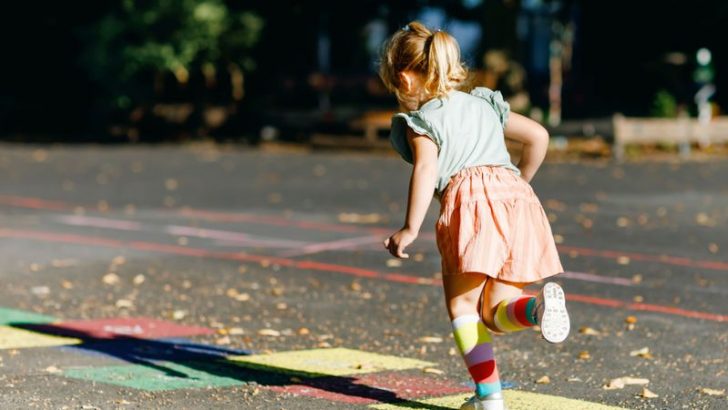Growing up without the companionship of real friends can shape one’s childhood in both predictable and unexpected ways. While some children frolic in playgrounds, forming bonds and creating memories, others find solace in solitude and creativity. This journey through childhood without the traditional circle of friends is not merely about loneliness but is marked by unique experiences that others might find peculiar or amusing.
Whether it’s an imaginary tea party with stuffed animals or creating an alter ego to share secrets with, these experiences are often filled with creativity and resilience. Here are eight random yet relatable experiences for those who navigated their early years without real friends.
1. Imaginary Tea Parties with Stuffed Animals
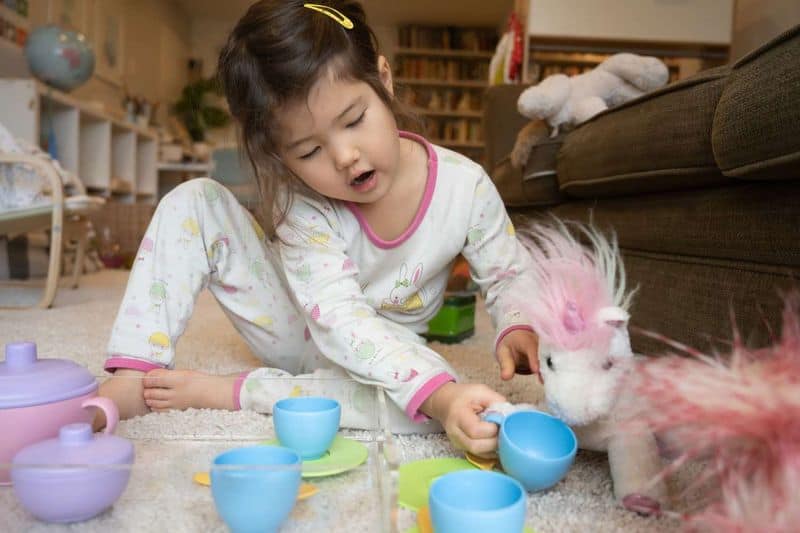
Imaginary tea parties become a staple for those who lacked real childhood friends. The ritual of setting up tiny teacups and inviting a crew of stuffed animals was both comforting and creative.
Each animal had its own distinct personality, and conversations were lively. This imaginative play was more than mere distraction; it was a space for young minds to explore storytelling and role-play.
In this solitude, creativity flourished. Children learned to entertain themselves and found joy in orchestrating these whimsical gatherings. Such moments were cherished, offering a sense of companionship that felt surprisingly real.
2. Secret Treehouse Hideouts
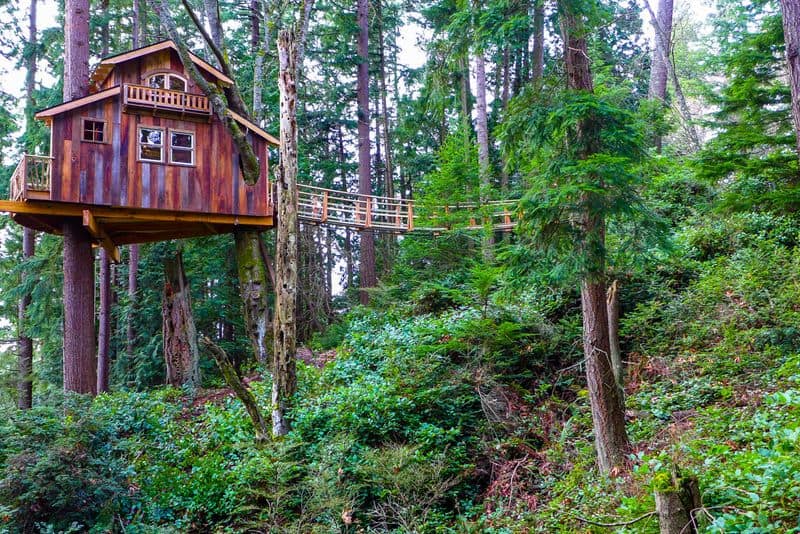
Building a secret hideout in a tree was like creating a personal kingdom. These treehouses were sanctuaries where dreams and fantasies thrived, away from the world.
Children would spend hours reading, drawing, or simply imagining adventures. The treehouse became a place of safety and creativity.
Without the distraction of friends, the solitude allowed for deep introspection and the development of a rich inner world. These hideaways were more than just physical spaces; they were realms of possibility where anything could happen and where a child could truly be themselves.
3. Inventing Alter Egos

For those without real friends, inventing an alter ego offered a way to escape reality. Becoming a superhero, explorer, or even a wizard allowed them to experience adventures in their minds.
This coping mechanism fostered creativity and provided a sense of empowerment. It wasn’t merely daydreaming; it was an art form.
Through these alter egos, children could express emotions and ideas that they might not have felt safe sharing otherwise. Inventing these characters brought excitement and served as a personal escape into a world where they were never alone.
4. Talking to Pets as Confidants
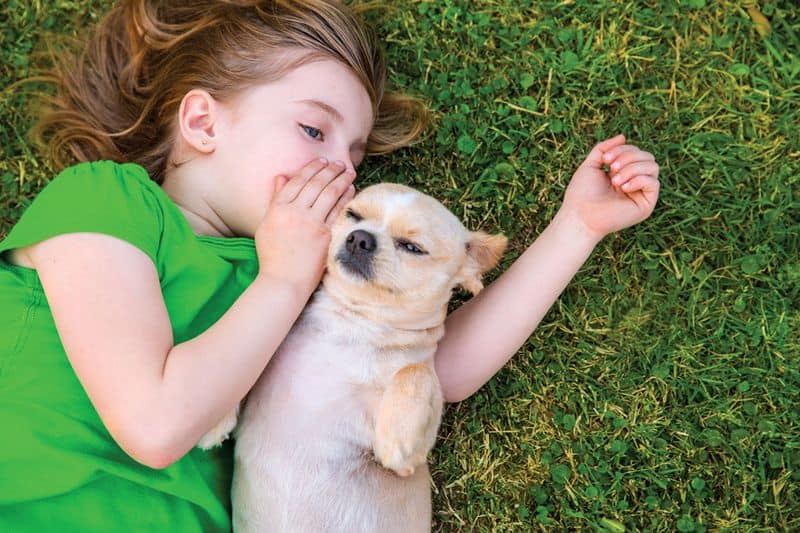
Pets became best friends and confidants for children without real friends. These loyal companions listened without judgment and offered comfort in ways humans sometimes couldn’t.
The bond formed with a pet was special and unique. Children often shared secrets, dreams, and fears with their furry friends.
This companionship taught empathy and emotional expression. Animals provided a non-threatening outlet for communication, helping children feel seen and heard. In this silent yet profound dialogue, kids learned the value of unconditional love and trust.
5. Creating Elaborate Fantasy Worlds

In the absence of real friends, creating fantasy worlds became a vivid escape. Drawing maps, inventing languages, and crafting stories were ways to build new realms.
These worlds were places where anything was possible and where the child was in control. It was a playground for the imagination.
Fantasy worlds allowed children to explore complex emotions and situations. They could be the heroes of their stories, navigating challenges and triumphs. Such creativity not only entertained but also built resilience and problem-solving skills, shaping a rich and fulfilling inner life.
6. Making Up Games and Rules
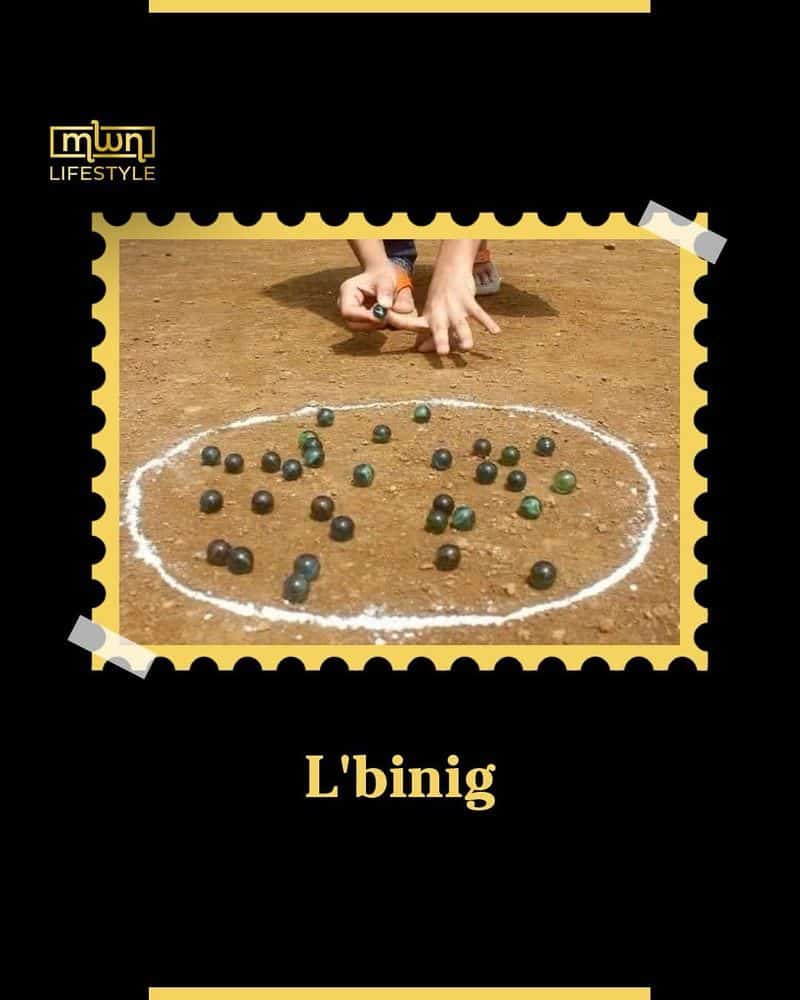
Inventing games was a common pastime for those without real friends. Handmade board games with unique rules and pieces provided endless entertainment.
The act of creating these games was as enjoyable as playing them. It involved problem-solving, planning, and a lot of imagination.
These games were personal and could be adapted to suit changing moods or interests. Children learned independence and decision-making skills, developing confidence in their ability to create fun. The joy was not just in the game itself but in the creative process that brought it to life.
7. Performing Solo Plays and Shows

Without an audience of friends, solo performances became a way to express creativity. Children would craft entire plays and shows, using household items as props.
Each performance was a unique expression of their inner world, filled with imagination and innovation. It was about the joy of creation.
These solo acts taught children confidence and self-expression. Performing for an imaginary audience helped develop public speaking and storytelling skills. It also provided a sense of accomplishment and joy, celebrating the ability to entertain themselves and others.
8. Exploring Nature Alone
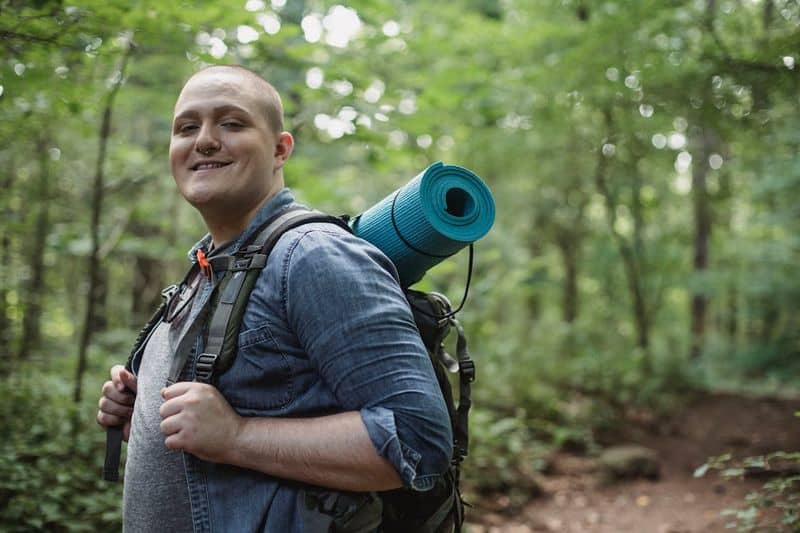
Nature became a vast playground for solitary exploration. Without friends, children would wander through forests, fields, or gardens, observing wildlife.
This solitude allowed for deep connection with nature. It was a time for reflection and learning about the world around them.
Exploring alone taught children to appreciate the small wonders of life, fostering curiosity and a sense of adventure. They became observers and thinkers, developing a lifelong love for nature and discovery. These journeys were not lonely; they were filled with awe and wonder, providing lifelong memories and learning.

Well, hello there!
My name is Jennifer. Besides being an orthodontist, I am a mother to 3 playful boys. In this motherhood journey, I can say I will never know everything. That’s why I always strive to read a lot, and that’s why I started writing about all the smithereens I came across so that you can have everything in one place! Enjoy and stay positive; you’ve got this!

